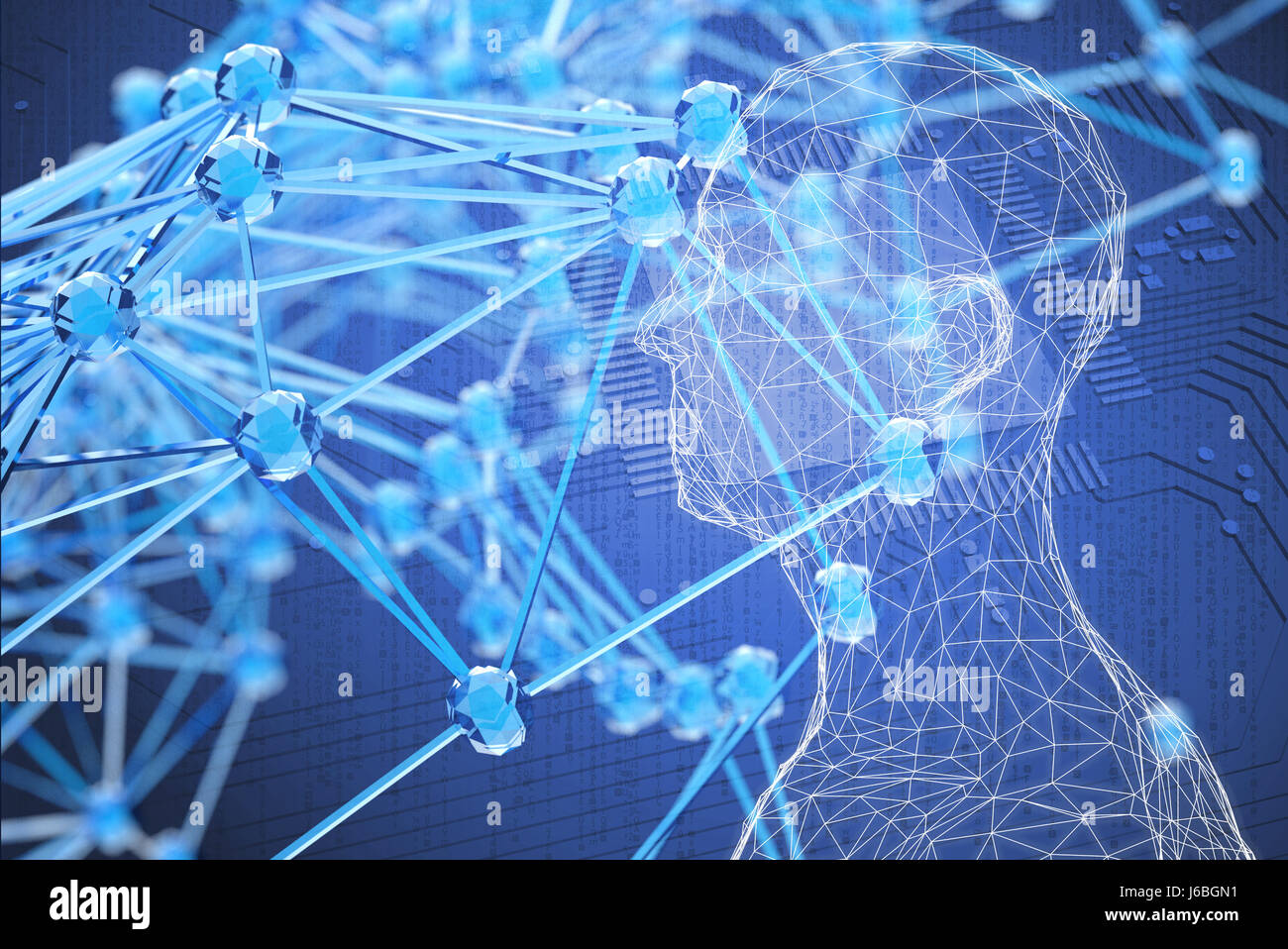
This network illustrates the concept of robots with a collective brain, where shared intelligence allows for advanced problem-solving and learning capabilities. Imagine the possibilities of AI systems working in unison.
The Rise of Collective Intelligence in Robotics
Imagine a world where robots aren't just individual units performing isolated tasks, but rather interconnected nodes in a vast, intelligent network. This isn't science fiction; it's the burgeoning reality of robots with a collective brain. But what does this mean, and why should we care?
At its core, collective intelligence in robotics refers to the ability of multiple robots to share information, coordinate actions, and learn from each other in real-time. Think of it as a hive mind, where each robot contributes its unique skills and knowledge to the greater whole. This allows for more efficient problem-solving, adaptability, and overall performance.
Consider a warehouse environment. Instead of individual robots navigating independently and potentially colliding, a collective brain allows them to seamlessly coordinate their movements, optimizing routes and minimizing delays. Or, picture a construction site where robots collaborate to assemble structures, each robot knowing exactly what to do and when, thanks to shared intelligence.
Applications and Impact Across Industries
The implications of robots with a collective brain are far-reaching. In manufacturing, collaborative robots can work together on assembly lines, coordinating their movements to optimize efficiency and productivity. In agriculture, swarms of robots can monitor crops, detect diseases, and apply treatments with unparalleled precision.
But it's not just about efficiency. Shared intelligence also enables robots to handle complex and unpredictable situations. In disaster response, for example, a team of robots can explore a collapsed building, sharing sensor data and coordinating their efforts to locate survivors. In healthcare, robotic surgeons can collaborate on delicate procedures, leveraging their combined expertise to improve outcomes.
What are the potential downsides? How do we ensure these systems are secure and reliable? These are critical questions we need to address as this technology continues to evolve.
Ethical Considerations and the Future of AI
As AI systems become more integrated into our lives, ethical considerations become paramount. The idea of robots making decisions collectively raises questions about accountability, transparency, and potential biases. Who is responsible when a team of robots makes a mistake? How do we ensure that these systems are fair and unbiased?
One of the key challenges is ensuring that the data used to train these systems is representative and free from bias. If the data reflects existing societal biases, the robots will inevitably perpetuate those biases, leading to unfair or discriminatory outcomes. Another concern is the potential for these systems to be used for malicious purposes, such as autonomous weapons or surveillance systems.
My Opinion: It's crucial that we develop ethical guidelines and regulations to govern the development and deployment of robots with collective brains. We need to prioritize transparency, accountability, and fairness to ensure that these systems are used for the benefit of humanity.
What do you think? Are we prepared for a world where robots work together with shared intelligence? What steps should we take to mitigate the potential risks and maximize the benefits?
